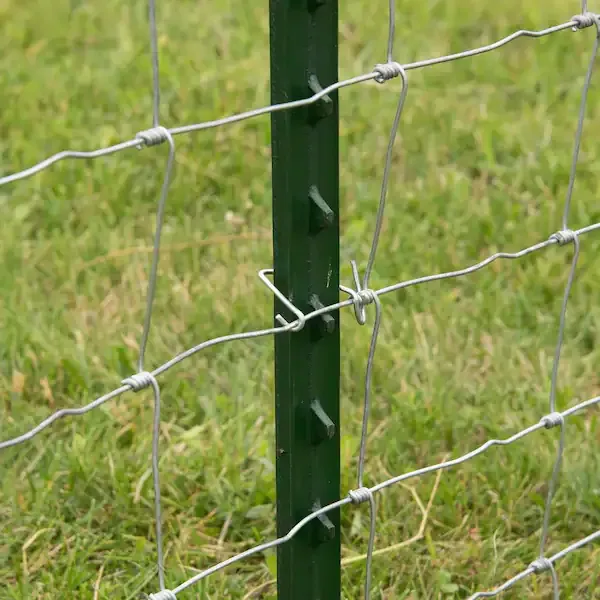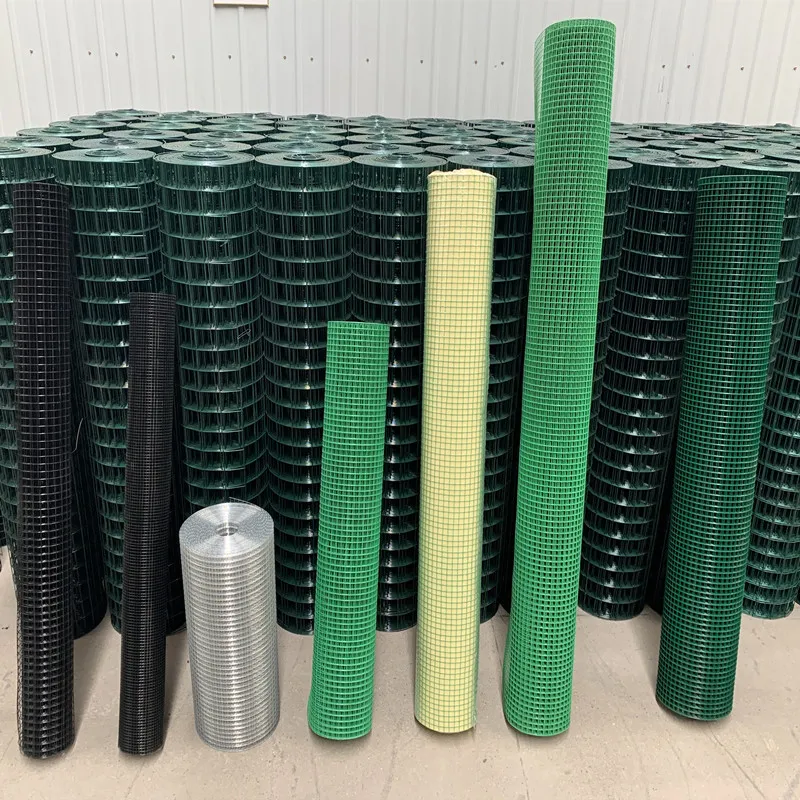Temporary fencing has become an indispensable asset across numerous industries, ensuring safety, privacy, and control in various settings. Understanding the cost dynamics of temporary fencing can profoundly influence your decision-making process, especially considering how these costs are dictated by factors ranging from material choice to installation processes. Here’s an insight into the various facets influencing temporary fence costs underlined by experience and expertise.

Though temporary fencing is primarily associated with construction sites, its utility extends to special events, emergency situations, and property delineation. Common types of temporary fencing include chain link, panel fence, and barricades - each catering to diverse needs based on strength, portability, and installation ease. The choice of material significantly affects cost; for instance, chain link fences are available in galvanized and plastic-coated varieties, with the latter offering rust resistance at a higher price point.
An informed evaluation of site requirements can lead to cost-effective investments. For example, on-site assessments might reveal that while your initial choice was a heavy-duty fencing option, a lighter and more affordable solution would suffice. Consulting with fencing experts not only ensures selection of optimal materials but can also aid in accessing bulk purchase discounts from suppliers, further reducing expenses.

Frequent engagement with varied temporary fencing types has highlighted that rental can often mitigate costs compared to outright purchases, especially for short-term projects or events. Rental agreements provide flexibility and convenience, with companies often including delivery, setup, and removal in their packages. For instance, companies may offer monthly rates averaging between $1 to $2 per foot, highly dependent on duration and the customizations requested.
Labor costs, often overlooked, play a critical role in overall expenditure. Professional installation is advisable to guarantee regulatory compliance and the safe setup of barriers, as incorrect installation might necessitate costly adjustments later. Engaging professionals diminishes risk, ensuring that fencing adheres to safety norms, particularly crucial for construction sites where fence stability is non-negotiable due to liability issues.
temporary fence cost
Adding to the initial expenses are potential permits. Local regulations might require permits for fences above a certain height or in specific locales. It’s prudent to research jurisdictional requirements ahead of time, avoiding unexpected fines or project delays, thereby safeguarding your budget.
Unexpected variables, such as the terrain,
can further influence costs. Installing fencing on uneven or rocky ground, for instance, might incur additional charges due to the complexities involved. Discussing the installation specifics with your supplier ahead of time will prevent unforeseen budget overruns.
Furthermore, consider durability when calculating long-term costs. Robust fencing might entail a higher upfront cost but can provide longer service life, reducing the frequency of replacements or repairs. Investing in quality materials and installation ensures the fence withstands environmental stresses, ultimately proving more economical over time.
Establishing a nuanced understanding of temporary fence costs cultivates a strategic advantage. Trustworthy consultations with industry authorities and leveraging detailed site evaluations can illuminate the most cost-effective path forward, ensuring you select the most suitable fencing option tailored to your specific needs and budget constraints.
By evaluating these investments shrewdly and with reliance on expert guidance, your temporary fencing decisions will optimize both financial outlay and functional suitability, firmly aligning with both project requirements and financial directives.
























